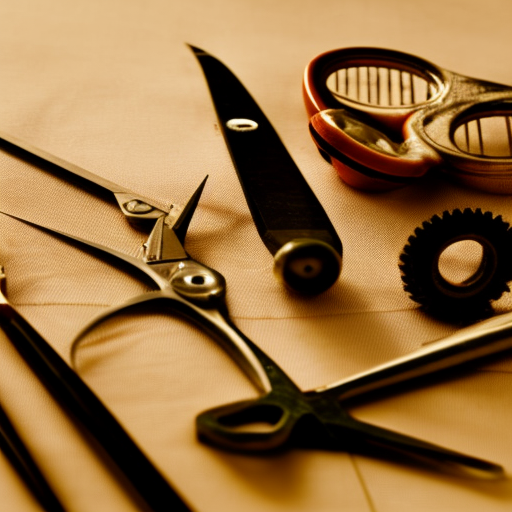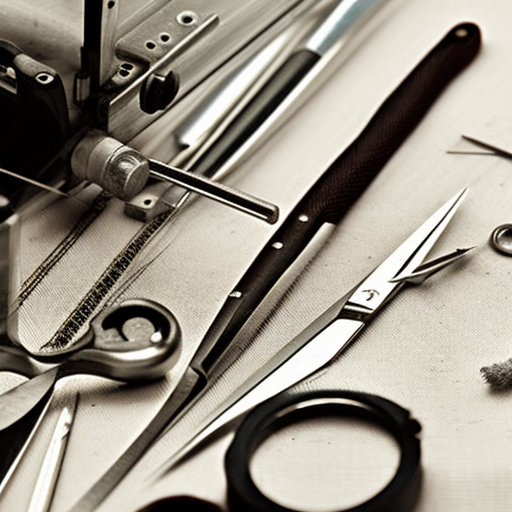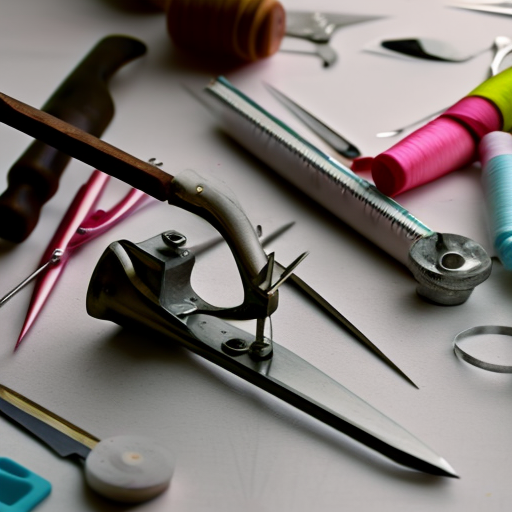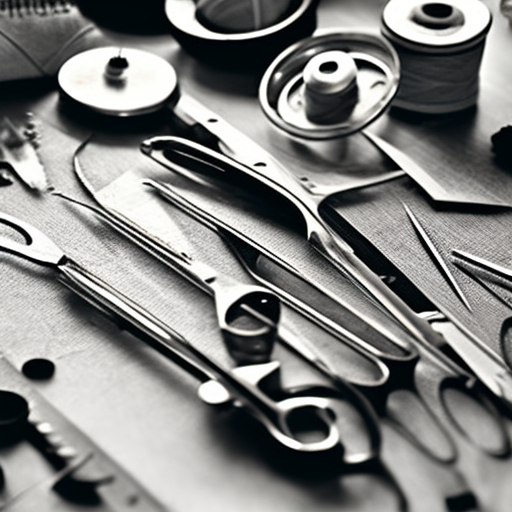Sewing is an art that requires precision and accuracy in order to create beautiful and well-constructed garments. Just like any other craft, having the right tools is essential for a successful sewing project. With the plethora of sewing tools available in the market, it can be overwhelming for beginners to know which ones are necessary and how to use them. That is why a sewing tools chart can be an extremely useful tool for anyone who wants to take up sewing as a hobby or profession.
A sewing tools chart is a visual representation of all the tools that are commonly used in sewing. It provides a comprehensive list of tools along with their names, pictures, and brief descriptions. It also includes information on their uses, how to use them, and in some cases, alternative tools that can be used in their absence. This chart serves as a handy reference for both beginners and experienced sewers, making it an indispensable tool in any sewing room.
The first section of the sewing tools chart typically consists of cutting tools. These include scissors, rotary cutters, and seam rippers. Scissors are the most basic and essential cutting tool, and they come in various sizes and designs for different purposes. Rotary cutters, on the other hand, are useful for cutting through multiple layers of fabric quickly and accurately. Seam rippers, as the name suggests, are used to rip out unwanted stitches. This section of the chart provides a detailed explanation of each tool and its specific uses, helping beginners understand which tool to use for which task.
The second section of the chart covers measuring tools such as measuring tapes, rulers, and gauges. Measuring accurately is crucial in sewing, and these tools help ensure that the right measurements are taken. Measuring tapes are used to measure body parts for garment construction, while rulers and gauges are used for precise measurements when cutting and sewing.
Next, the chart moves on to marking tools, which include chalk, tailor’s chalk, fabric markers, and tracing paper. These tools are used to transfer pattern markings onto fabric in order to guide the sewing process. They also help in marking alterations, darts, and buttonholes. Again, each tool is described in detail, helping beginners understand which tool to use depending on the fabric and project.
The fourth section of the chart covers pressing tools, which are essential for achieving professional-looking results. Irons, pressing cloths, and steamers are some of the tools included in this section. Irons, in particular, are crucial for removing wrinkles, pressing seams, and giving a finished look to the garment. Pressing cloths, on the other hand, are used to protect delicate fabrics from direct heat.
Finally, the chart covers miscellaneous sewing tools such as pins, needles, and threads. Pins are used to hold fabric pieces together while sewing, and needles are used to hand sew or for machine sewing. Threads, of course, are essential for sewing, and it is important to choose the right thread for each project.
In addition to providing an overview of each tool, a sewing tools chart can also serve as a shopping guide for anyone looking to build their sewing kit. By listing all the necessary tools and their uses, beginners can easily identify which tools they need to purchase first. This can also help in avoiding unnecessary purchases, ultimately saving time, money, and storage space.
In conclusion, a sewing tools chart is a valuable resource for anyone interested in sewing. It simplifies the overwhelming world of sewing tools and makes it easier for beginners to get started. It also serves as a quick reference for experienced sewers who may need a refresher. So whether you are a seasoned sewer or a novice, having a sewing tools chart in your sewing room is a must-have for a successful and enjoyable sewing journey.





Great for beginners!
#NiceChart! This chart will be so useful for anyone just starting out with sewing. It’s a great reference tool for anyone who wants to get into the craft and understand the tools they need.